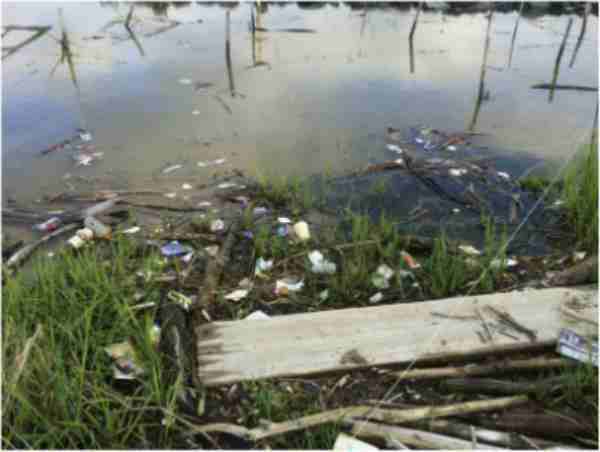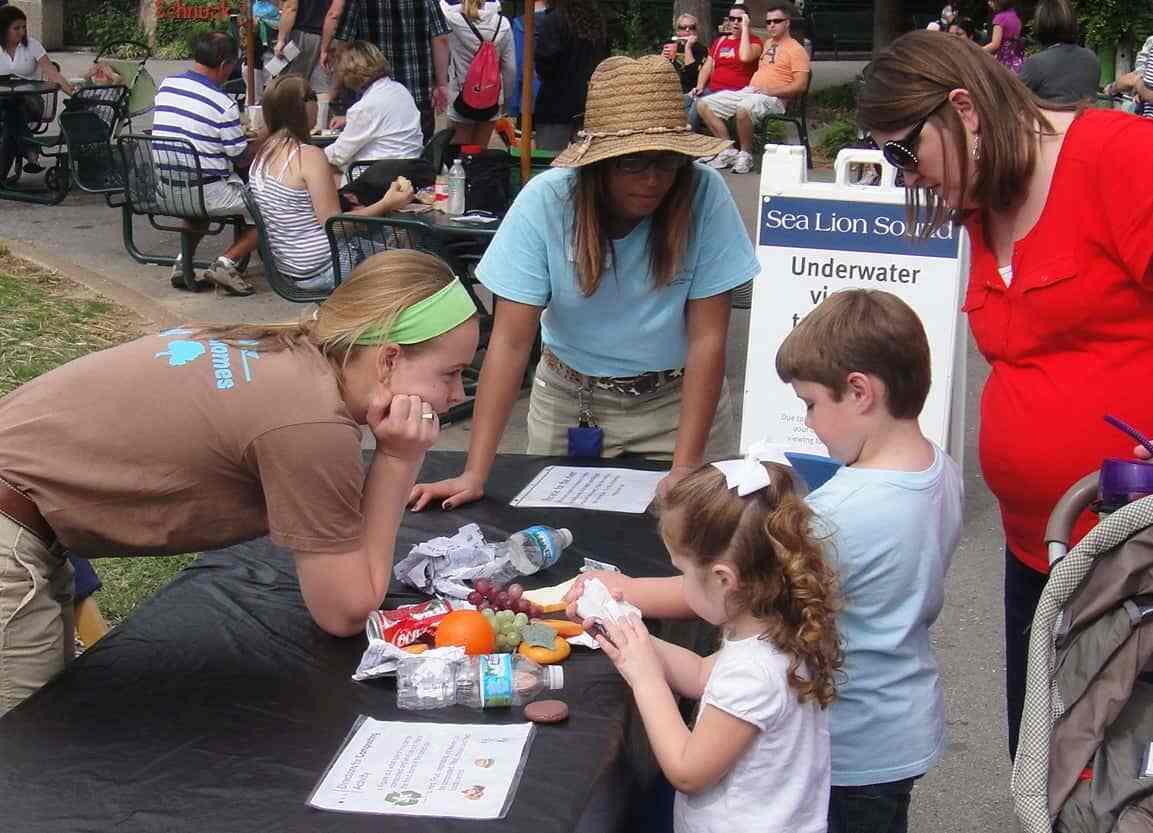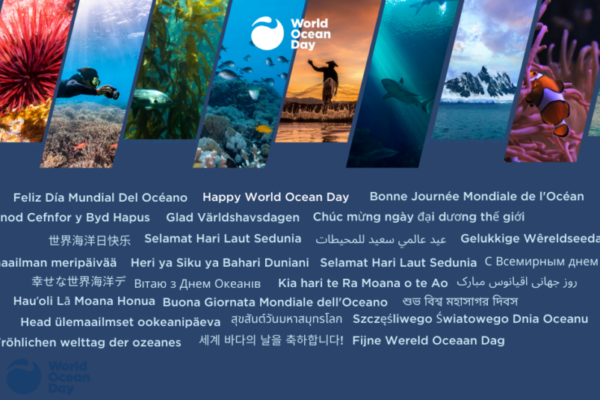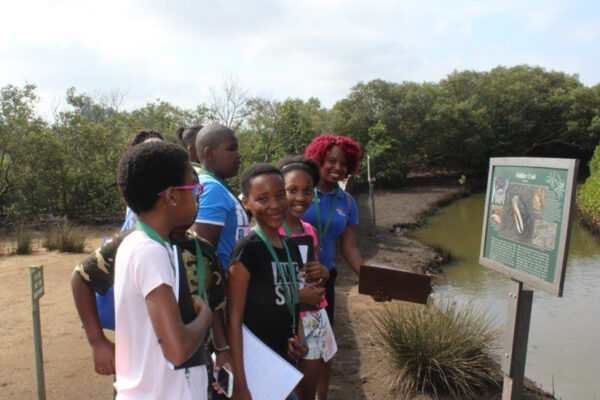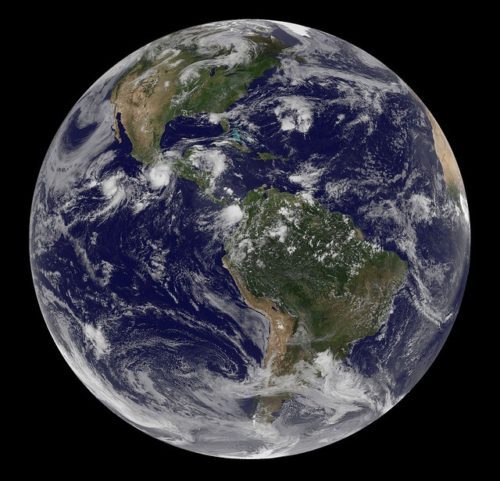This guest post, by Gabrielle Roffe and Curtis Bennett of the National Aquarium’s Conservation Department is the first in a 3-part series on their Innovative Solutions Grants+ project. This project will be addressing the issue of marine debris by implementing a new approach to community engagement, with a specific focus on building our connection with the Hispanic communities near Masonville Cove in the Chesapeake Bay.
Part of our mission
At the National Aquarium, we view connecting with students and community members as a core function of our mission to inspire conservation of the world’s aquatic treasures. Our Masonville Cove Community Engagement and Environmental Stewardship Project is just one of the many ways we are trying to accomplish this. Masonville Cove is an Urban Wildlife Refuge in south Baltimore that is managed in partnership with the Maryland Port Administration, the US Fish and Wildlife Service and Living Classrooms Foundation. It is a 125-acre natural area, and an important green space for the surrounding communities of Brooklyn and Curtis Bay.
We began this project a few years ago by working with community stakeholders, including residents, local environmental non-profit organizations and even city officials, to identify and address environmental issues. We hosted community meetings that ultimately resulted in the publication of a Small Watershed Action Plan (SWAP). Not only does this document identify environmental issues of importance to the community, it also provides suggestions for how and where to address those issues. For example, it recommends an effort focused on a common concern about the litter and debris that all too often ends up in the ocean.
Reaching a new community
While we had been doing good work with the communities of Brooklyn and Curtis Bay, we also knew that we weren’t adequately reaching the Hispanic populations within those communities. According to the 2011 Neighborhood Health Profile (Baltimore City Health Department, December 2011), the Hispanic population accounts for 9.8% of the total residents of the area. This percentage is higher than that (4.2%) of Baltimore City overall. Estimates from the U.S. Census Bureau indicate that nearly 40 percent of Hispanic residents of our target communities either speak no English at all or “not very well.” Additionally, this community includes individuals from or with ancestry from Mexico, Cuba, Puerto Rico and other countries. So not only will we need to translate materials into Spanish, but translate projects culturally as well.
So under this grant we are specifically focusing building connections with the local Hispanic communities and addressing the problem of litter and debris. In order to accomplish this, we are going to try a more focused and innovative approach to community engagement, as outlined by the following goals:
- Engage members of the Hispanic populations in the removal of debris throughout the Brooklyn and Curtis Bay communities. We will begin by meeting with community groups, such as Hispanic congregations and local schools with English as a Second Language (ESL) programs.
~We will gather feedback to understand how the issue of litter and debris is important to the community, and work together to ensure that our efforts are collaborative.
~We plan to host debris cleanups that directly address the litter/debris problem, noting the number of community groups/members participating and the amount of trash collected.
- Cultivate community champions in order to ensure ongoing engagement.
~We will work with community members to develop workshop(s) on topics of mutual interest - such as on the concept of a watershed or gardening for wildlife - fun and interactive ways to build community conservation leaders and engage more residents.
~Over the course of our program, we also will identify an individual from these communities and recognize them as a community champion, a “Shore Hero," as part of our Living Seashore exhibit at the National Aquarium, as a way to draw even more attention to our collective efforts and deepen the community’s connection to the Aquarium.
The next steps to reach our goals are to continue building relationships and developing programs to meet the needs of the community. By forming and ultimately maintaining these relationships within this community, we believe we can provide a “win” for the residents, the aquarium and the ocean too!
--Guest post by Gabrielle Roffe and Curtis Bennett of National Aquarium

